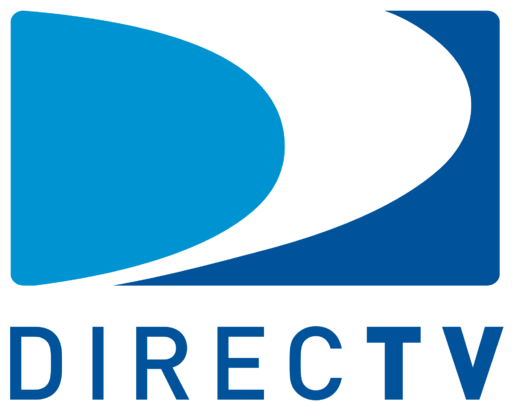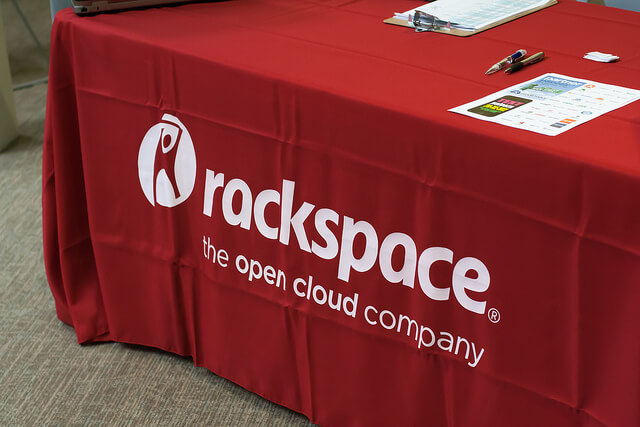Marketing and Public Relations: The Value of Switching Hats
Published on April 25, 2017, at 11:00 a.m.
by Julia Cione.
Public relations and marketing jobs seem to have many overlapping roles in the job market. There are obvious differences between the two industries; however, it is important to recognize the ways in which they are strikingly similar.
Mary Brinkopf, marketing manager at AT&T, has held many different positions that all involved aspects of PR. She’s working on DIRECTV NOW, an over-the-top streaming platform that gives AT&T the ability to play nationwide.
“You’re always switching hats in this industry. Currently, I’m wearing the marketing hat and operations hat. So we are constantly thinking about customer experience. How do we design solutions for the best user-friendly experience and ultimately bring people to DIRECTV NOW,” said Brinkopf.

Public relations knowledge can be extremely beneficial for any role. Industries like sales and marketing have people with a PR background because those individuals have a perspective that is different and valuable in that specific sector.
“In my first job, in sales, a lot of it was PR because I was acting as the face and voice of the company to these business partners. When I made the switch to marketing, I worked heavily with the corporate communications team. Internally, we thought about how to keep people motivated, make them feel empowered and adding value to the company. So from a PR perspective, it was absolutely essential to have a healthy workforce by utilizing the voices of leadership,” said Brinkopf.
Carla Sublett, SVP and CMO of Rackspace, believes that public relations IS marketing.
“PR has played a significant role in building Rackspace’s brand awareness, especially during an eight-year period when we did little or no branding advertising. To stand out in the market, you have to understand that effective PR is a powerful form of marketing, and appreciate that it’s not a separate function. An integrated strategy — across PR, social media, executive communications, brand advertising and demand-gen advertising — is what makes a brand stand out,” said Sublett.

When you utilize those internal PR teams and external agencies for any company, it will speak volumes about your brand awareness to the public.
“Any effective communications specialist is a marketer. Agencies that position themselves that way will be the survivors, and the other old-school outfits won’t make it if they don’t shift their perspective,” said Sublett.
As public relations practitioners know, the biggest part of a communication strategy is the customer relationship with a specific message being communicated. Big companies, like Rackspace and AT&T, know very well that their communications and marketing sectors must be parallel.
“It only takes one bad interaction with the brand to lose a customer. That happens all the time in sales especially. You are a steward of the brand in those interactions. Finding the solutions for customers is what matters and what is most important,” said Brinkopf.
A large part of Brinkopf’s marketing role goes back to customer experience and the research behind what brings people to have a user-friendly experience.
“I’ll be working with an agency to see if college kids know about us. It’s interesting to market to all of these different groups after the research we’ve done on these coming generations,” said Brinkopf.
Sublett works heavily with Rackspace’s internal and external communications relating to the cloud.
She says that “everybody is talking about cloud computing, and there is a lot of fluff that implies that the cloud is easy to use and that it manages itself. The reality is that the cloud is both powerful and complex. One size does not fit all, which is why we see more companies using multiple clouds to get the best fit for each of their workloads. Few companies have all the technical talent on hand to manage all those clouds, so they’re seeking expertise and support from companies like Rackspace. Telling that story is what builds our brand awareness, and that is where PR comes in.”
Individuals like Sublett and Brinkopf, both of whom work for technology-based companies, deal with some of the biggest competitors in the market like Amazon, Google and Facebook.
“There is a lot of noise out there. The question is how do you cut through the noise in order to speak to potential customers and get them to understand what you can do to help them and their business,” said Sublett.
Technology is a complex industry. But Brinkopf and Sublett both strongly believe you don’t have to be incredibly knowledgeable about the technicalities in order to be successful in the industry.
“The biggest asset is to always be open to learning because technology is constantly changing. If you’re willing to adapt, then they’ll open up space for you. Technology is not limiting — it is empowering because it enables you to do so much and gives you so much information,” said Brinkopf.
Sublett feels the same way about being open-minded to the technology industry.
“There is a big misconception that you have to have detailed technical knowledge and training to work in any role in a technology company. I used to work at Dell in 1999 in sales and didn’t know what a hard drive was. There is a large range of jobs available in technology companies, from legal to HR to creative and other functions where you don’t need that deep understanding of the hardware and software,” said Sublett. “You need to know the value that your company delivers to customers, and what differentiates your company from its rivals. But you don’t necessarily have to understand how all the CPUs and operating systems work.”
When it comes down to it, any role you take on in the marketing, sales, communications or public relations sectors, it will have a vast amount of overlapping teamwork. All of the parts work together in order to deliver the perfect message to the public about a product, news story, crisis reaction, etc.
“The little things define the overall brand,” said Brinkopf. “It comes down to the personal interactions. And if your employees aren’t happy, then the customers aren’t happy. We want to provide freedom and transparency and sometimes we’re victims of our own transparency. It’s a price we pay because speed to market is essential to be competitive quickly. If an offer comes out, you have to react and mobilize immediately. Speed to market will ultimately define you.”
So, in order to be a valuable potential employee, you must be able to put on hats of different industries. Those wanting to go into PR should never undermine a marketing role and vice versa. Switching to either side is extremely helpful and makes you a person that employers want to hire.
If you can intertwine your knowledge about public relations and marketing, it will be valuable in any role.





